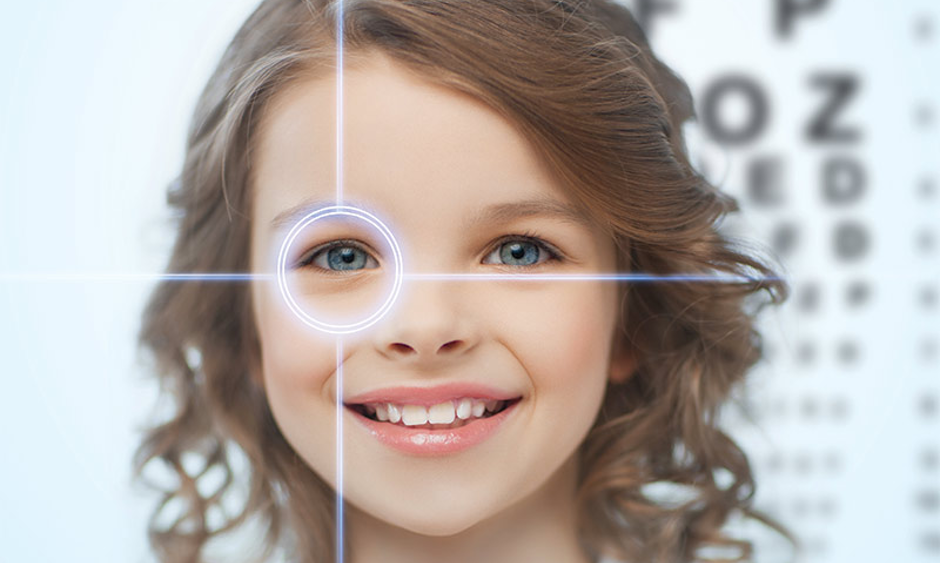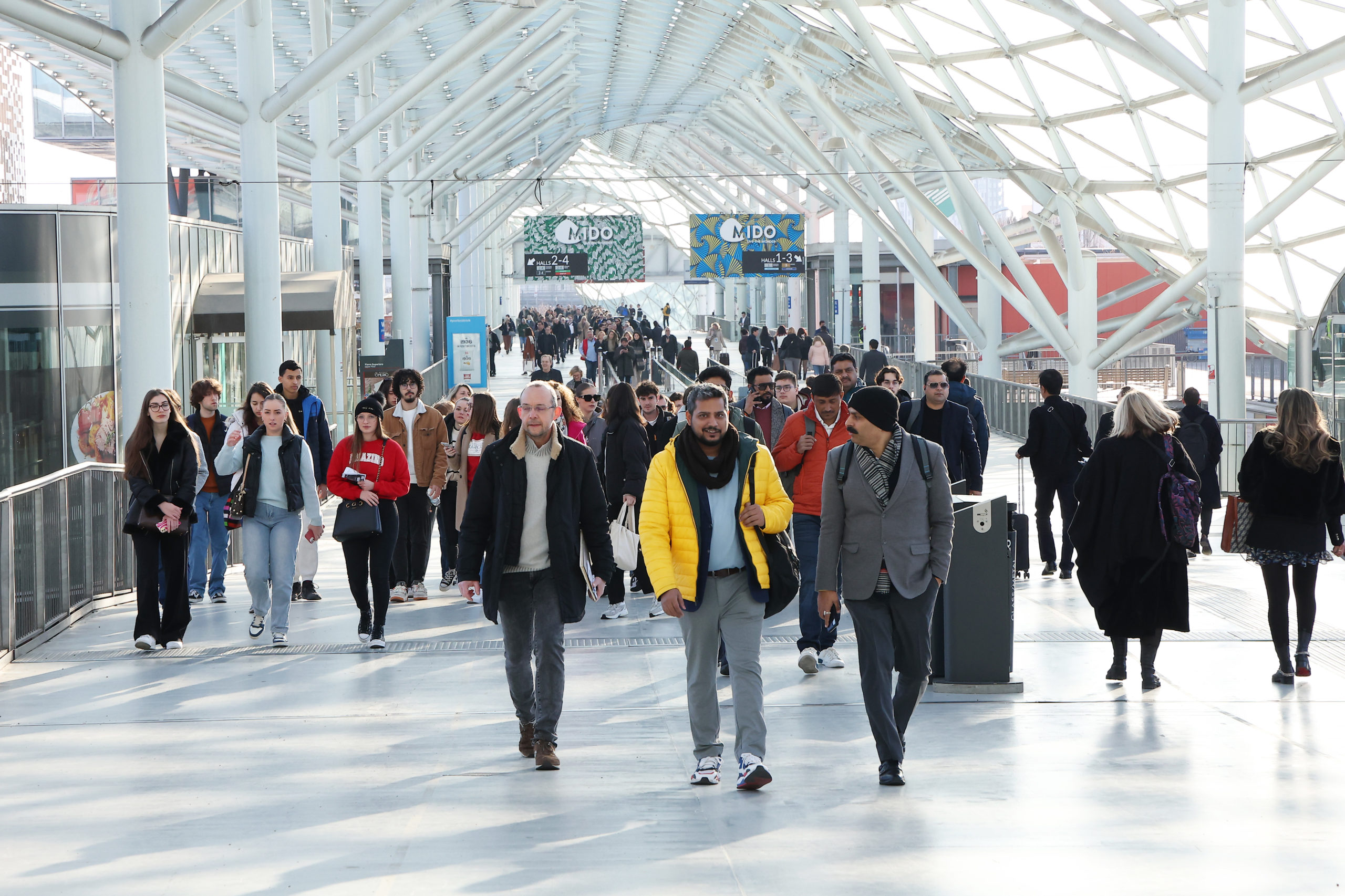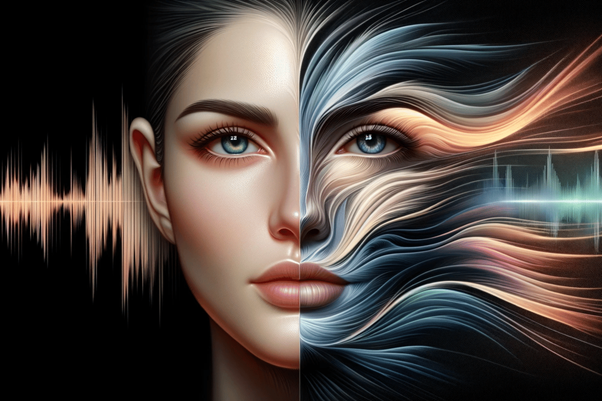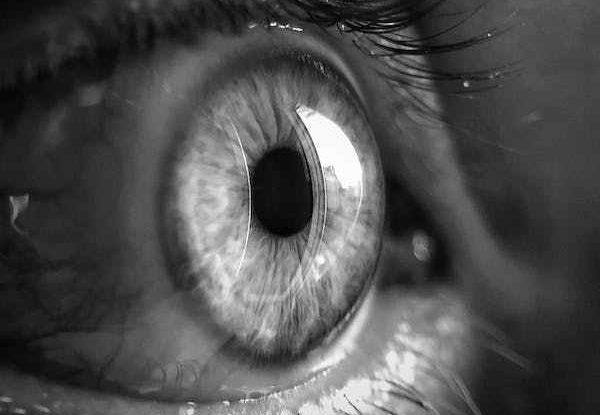
Is what you’re looking at an object, a face, or a tree? When processing visual input, our brain uses different areas to recognize faces, body parts, scenes, and objects. Scientists at KU Leuven (University of Leuven), Belgium, have now shown that people who were born blind use a ‘brain map’ with a very similar layout to distinguish between these same categories.
Our brain only needs a split second to determine what we’re seeing. The area in our brain that can categorize these visual observations so quickly is the so-called ventral-temporal cortex, the visual brain. Like a map, this region is divided into smaller regions, each of which recognizes a particular category of observations — faces, body parts, scenes, and objects. (more…)










